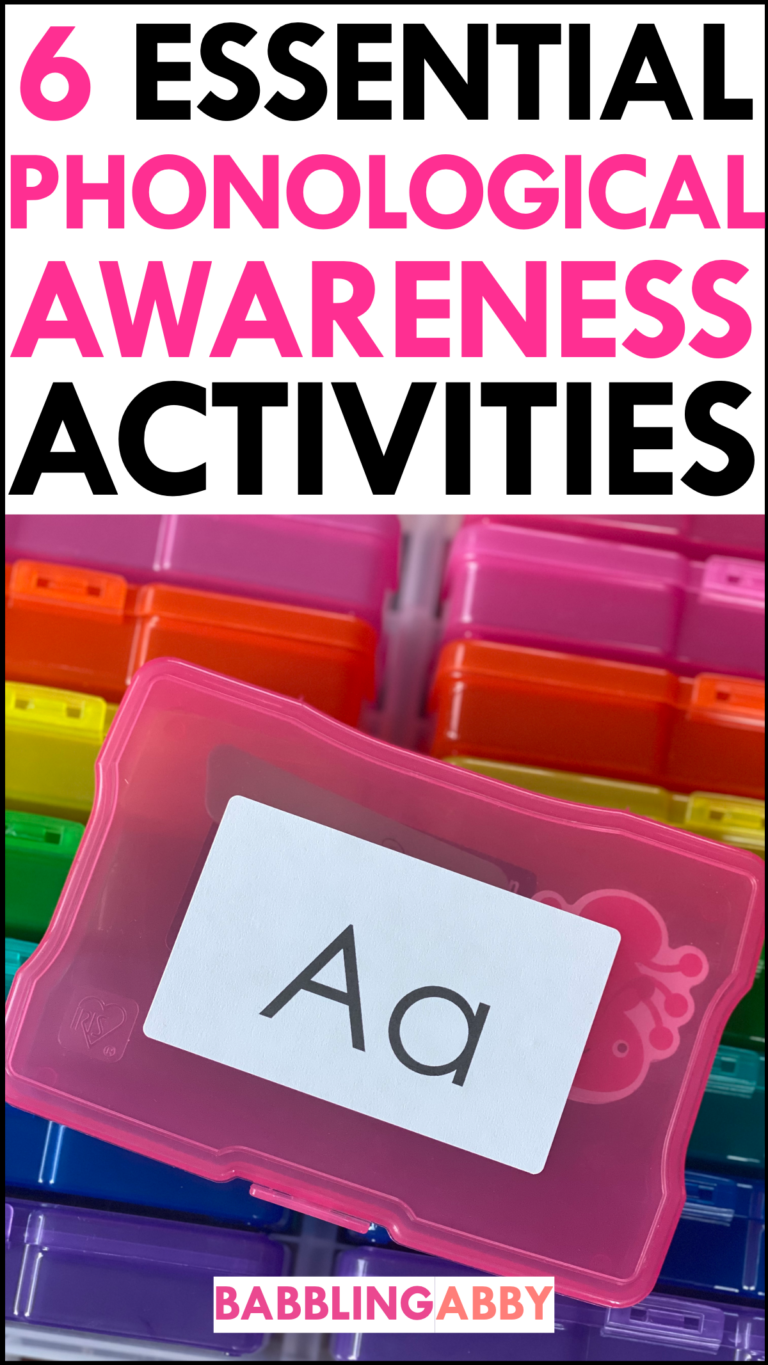

This blog post will help familiarize you with the science of reading, teaching heart words, and the heart part during phonics instruction. Additionally, it will provide you with tools and resources to support this phonics-based approach in the classroom.
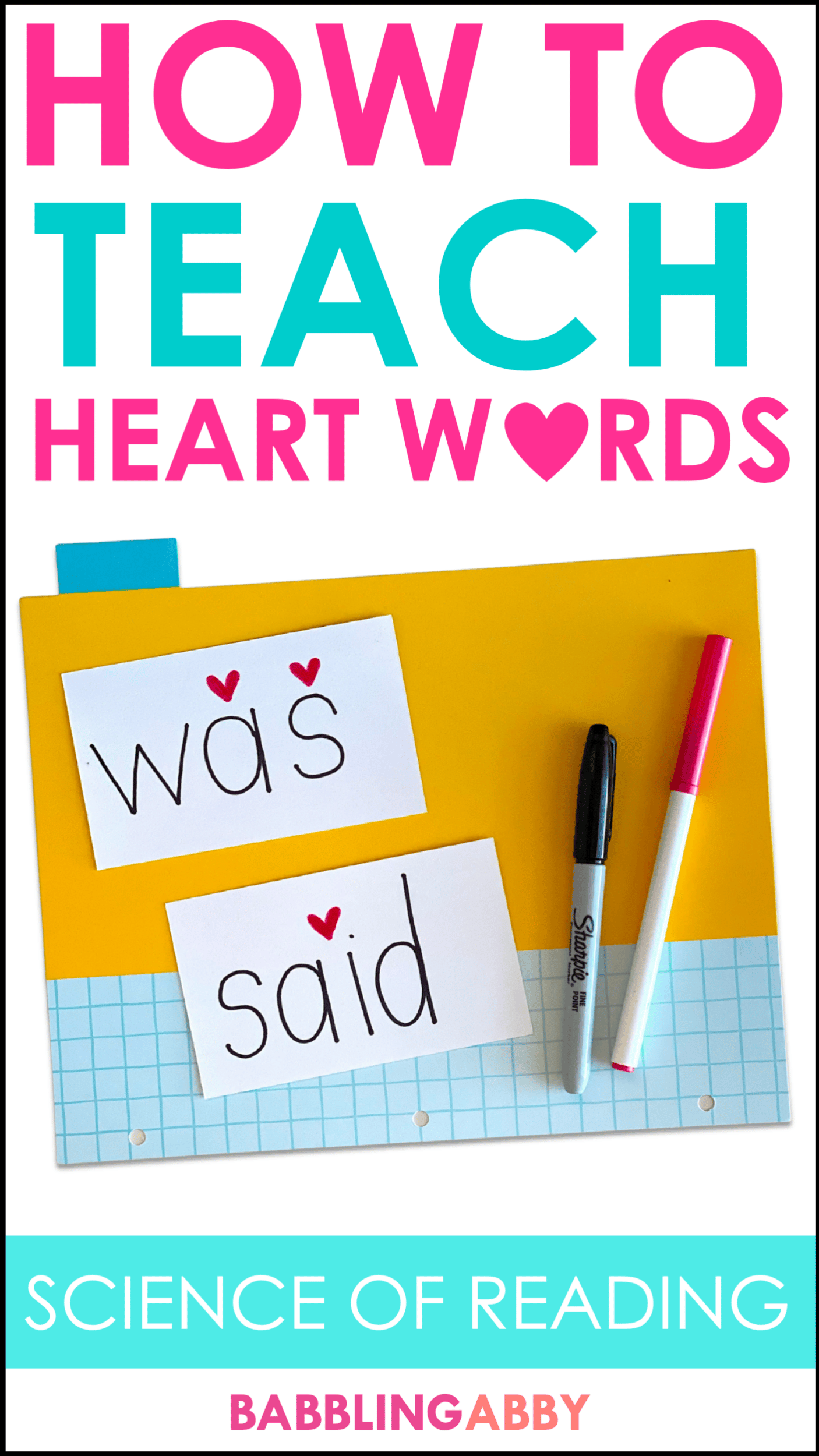
This post contains affiliate links. Should you choose to make a purchase through one of the links provided, I may earn a small commission. This does not affect the purchase price and helps keep this website running. Thank you.
In short, the science of reading is an incredible body of reading and writing research that spans multiple countries, languages, disciplines, and decades. Collectively, it explains reading and writing development, how to best teach and assess reading and writing, as well as how to help struggling students learn to read and write. Some of the major foundations of the science of reading include: phonological awareness, phonemic awareness, phonics skills, as well as decoding, spelling, and fluency.
As a kindergarten and first grade teacher, I often used the terms high-frequency words and sight words interchangeably. High-frequency words are words that appear most often in printed materials. Sight words are words that you recognize and read automatically. These lists overlap and, often, we expect our students to memorize these words so that they can read and write them quickly and fluently. We send home word lists, often from the Dolch Word List or the Fry Word List, and expect our students to practice memorizing them.
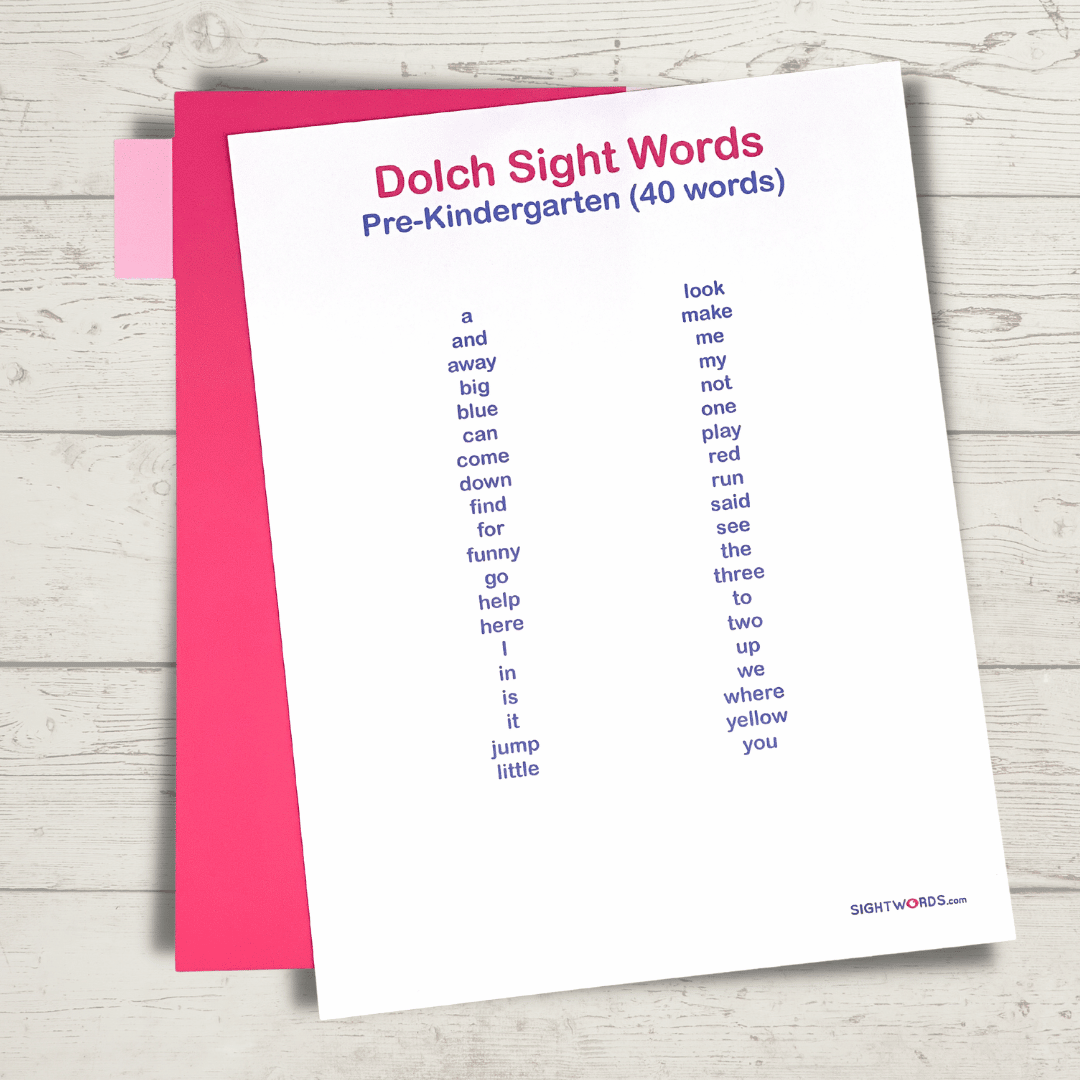
If you were/are like me, you might even “quiz” them on sets of sight word lists, progressing them through more challenging sets throughout the course of the year. This involves lots of rote memorization. Some students are successful in learning these words through this dated practice, while others are not. We taught these words in isolation, failing to connect them to word study in our phonics lessons. In fact, in some cases, phonics wasn’t even prioritized, despite the overwhelming case for explicit phonics instruction.
The science of reading research informs us that high frequency words are not stored in our visual memory. Instead, we use a processing mechanism called orthographic mapping to commit these words – and all words – to memory. Orthographic mapping is the cognitive process of storing words in the brain for instant retrieval. According to Dr. David Kilpatrick in his book, Equipped for Reading, “Word identification requires thought and effort (via sounding out and/or guessing), while word recognition is instant and effortless. Word recognition draws from a student’s pool of known sight words. Because instant word recognition is effortless, it allows students to focus entirely on comprehension. Orthographic mapping helps explain how words become familiar,” (2013).
Knowing this, it is not best practice to simply teach students to memorize these words. There are dozens of high-frequency words that are easily decodable because they follow common, recognize-able phonics patterns. We call these Flash Words. Fortunately, there are strategies for teaching and reading those words that are not easily decodable.
Some examples of easily decodable high frequency words are: and, big, but, made, pick, this, wish, and well. You can sound out each word using common phonics principles. They do not contain any irregular sounds.
This brings us to heart words. While there are many high-frequency words that you can sound out phonetically, and there are many that you cannot. These words contain irregular spelling patterns. For example, the word was. While a common word we introduce our kindergarten students to during the first couple months of school, was doesn’t follow traditional spelling patterns. The a makes the /u/ sound and the s makes the /z/ sound. If our students try to sound out this word phonetically, they will incorrectly produce the word waz. So, if was isn’t a decodable flash word, what kind of word is it?!
Was is a heart word!
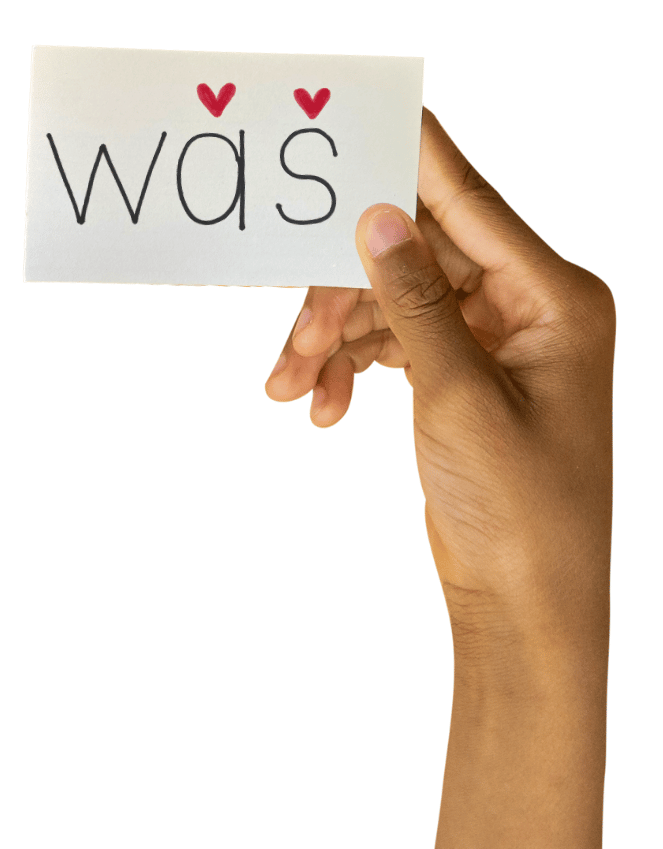
Simply put, a heart word is an irregularly spelling high frequency word. Heart words are common words, seen frequently in reading and writing, but are not words that are easily decodable. In this instance, we want to teach our students that they must “know these words by heart.” This means that they know them without thinking about them. When they come across words like was in a text they can read it automatically despite the tricky part of the word.
Other examples of heart words are: about, again, buy, does, from and their.
Oh, how I love the rhyming nature of that phrase: the heart part! Inherently catchy, the heart part is the part of the word where the letter or letter combination doesn’t have traditional letter sounds. The a in about, for instance, or the the uy in buy. These are all considered heart parts. Students may be able to decode parts of the word, but they must learn the tricky parts of the word – the heart parts – by heart.
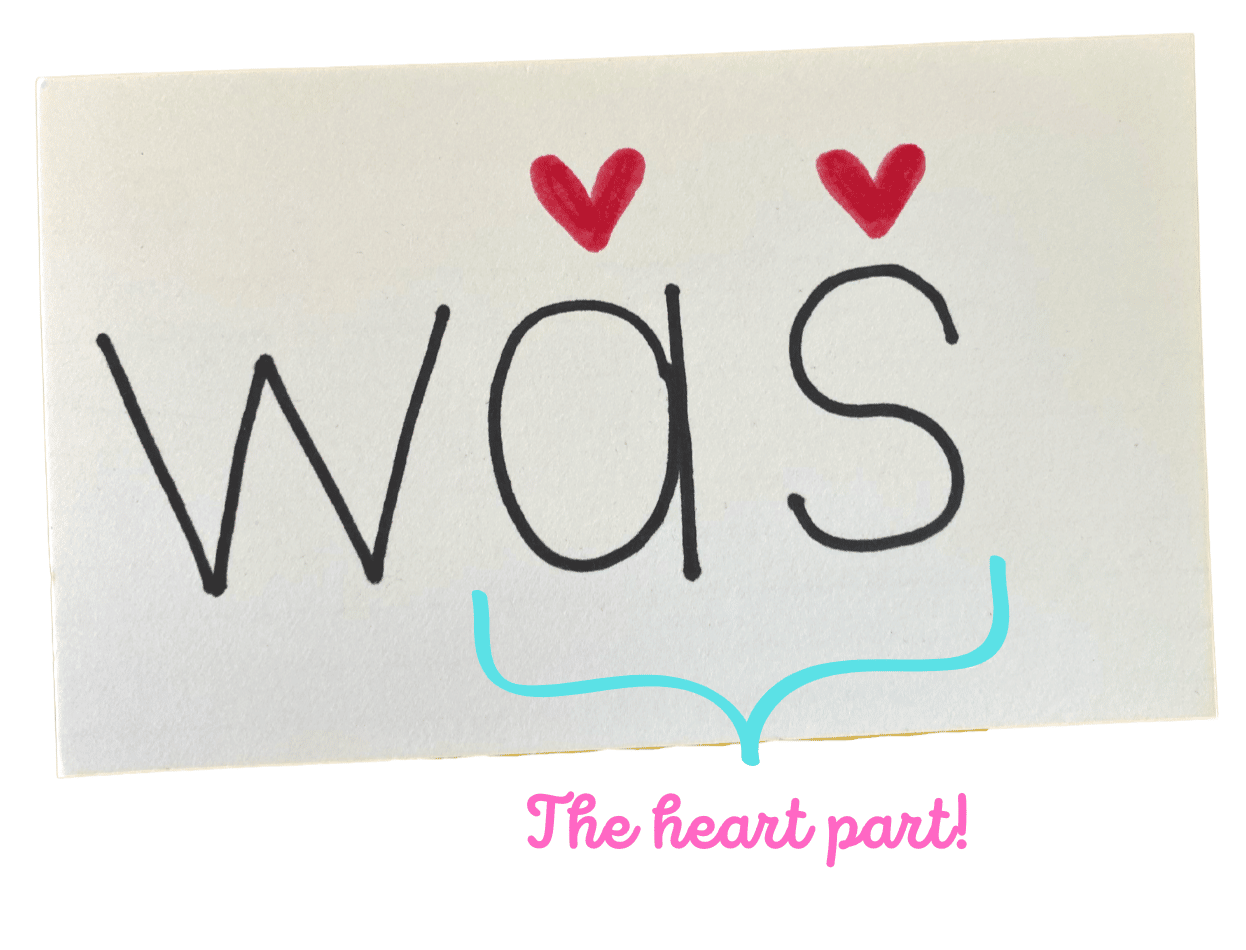
Now, let’s talk about teaching heart words. While the heart words don’t follow the typical phonics rules students are familiar with as early readers, they should for sure be incorporated into regular phonics lessons. No more reading lists in isolation expecting memorization! Essentially, using the heart word method, the teacher will teach students to decode the part of the word that can be sounded out while explicitly teaching them the heart part.
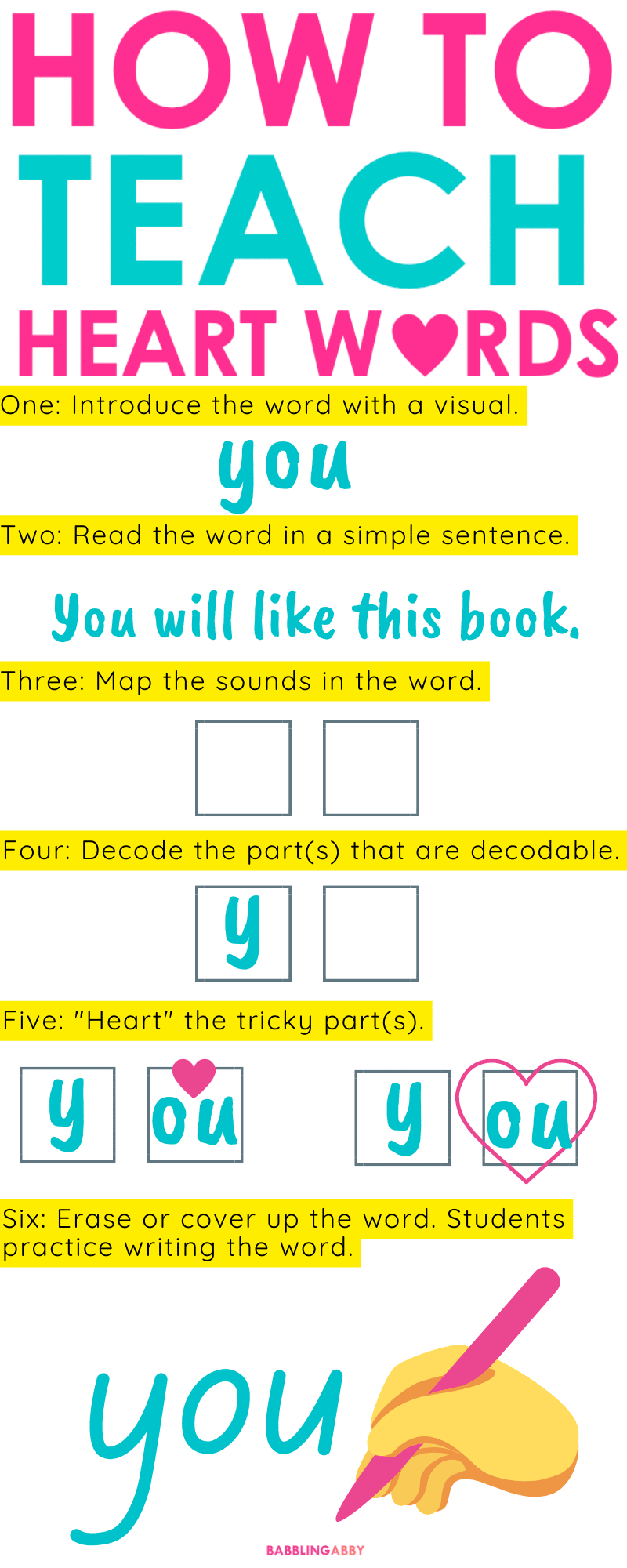
Here are a few tools and strategies for teaching heart words that you can use with your kindergarten and first grade students.
Master the tricky part of the word with these print-and-go Heart Words High-Frequency Words worksheets! They will help your students learn the heart parts of words with irregular spelling patterns. They provide students opportunities to read, write, and spell these irregular sounds in an engaging and fun way. They’re the perfect addition to your phonics instruction! It includes 218 high frequency words. You can easily use these worksheets for morning work, small groups, intervention, and for additional practice.
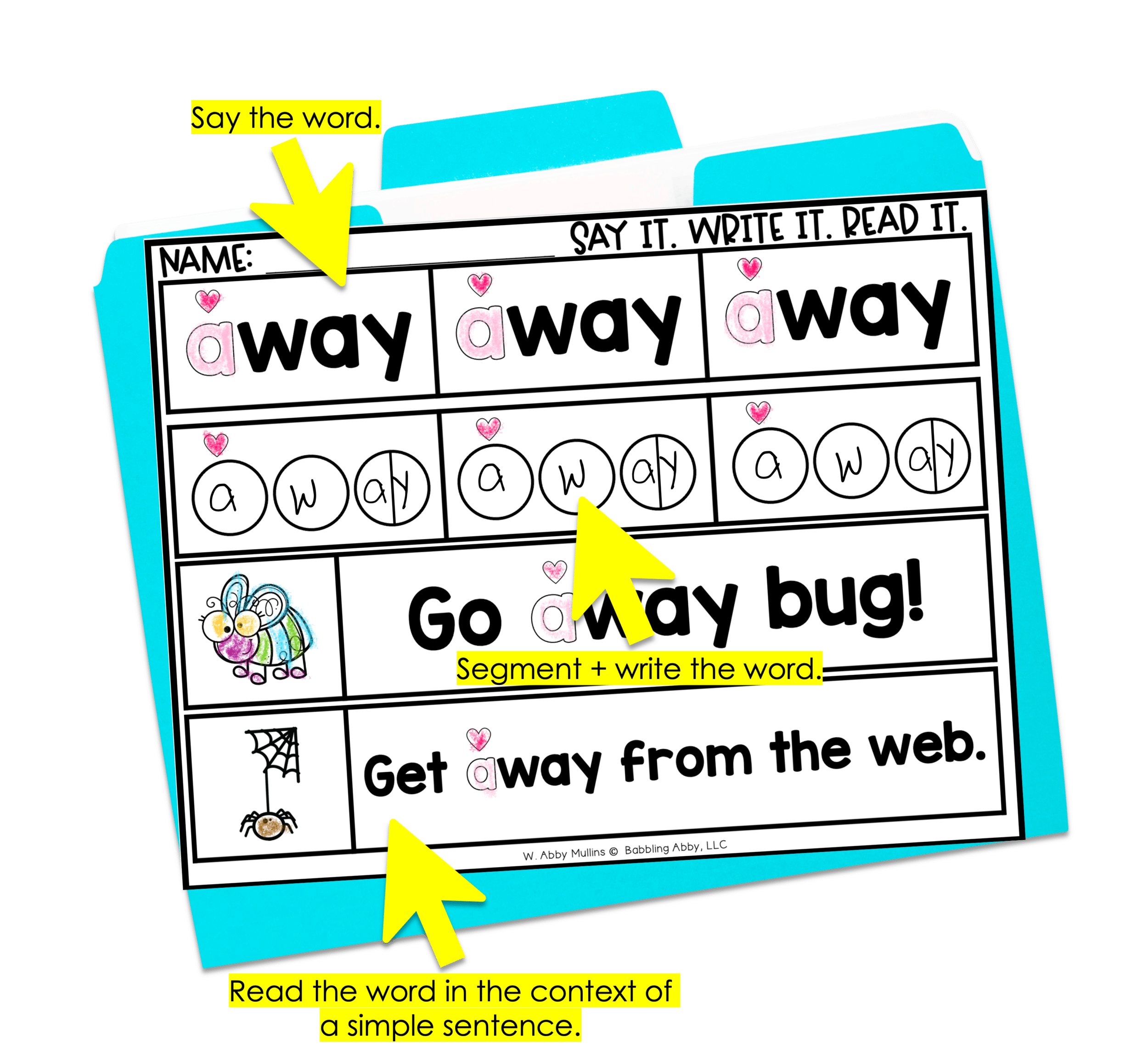
This tool is actually found in the resource mentioned above, but was separated so that it can be put into a binder or added to a ring. Each word is included in a sentence to allow the student to practice reading a high frequency word in context. This tool will also help the students work on fluency.
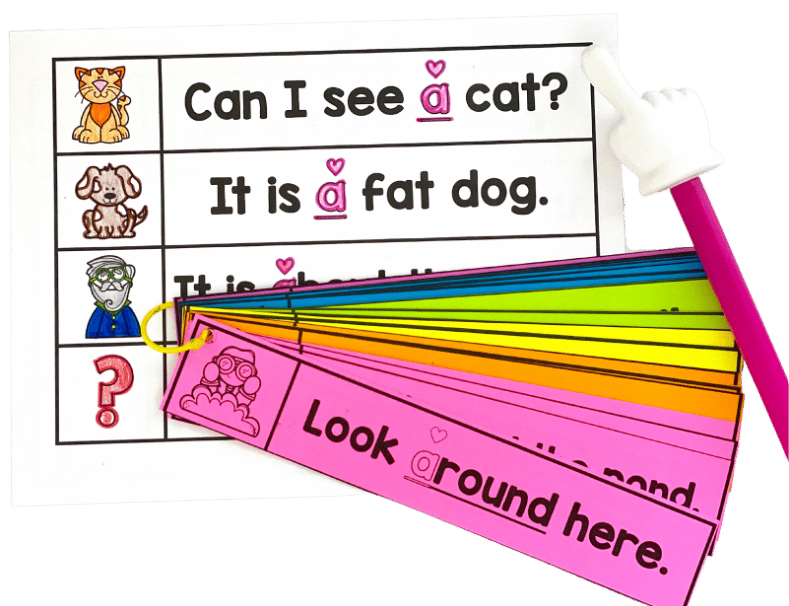
If you are in need of additional resources, information, or activities that are SoR aligned, I linked a few below. These would be great additions to your reading instruction and small group activities. They are based on best practices to support a phonics-based approach.
Mapping Sounds and Writing Words
If you’re interested in learning more about the science of reading, you will find a lot of reputable websites that offer information, including:
The Reading League (also has a lot of great professional development opportunities!)
Institute for Multi-Sensory Learning
Additionally, here’s a few books available for purchase:
Equipped for Reading Success by David Kilpatrick
Reading for Life by Lyn Stone
Brain Words by J Richard Gentry
I hope that this post was helpful in giving you a general overview of the science of reading and how to teaching heart words is easy and effective. Don’t forget to check out these resources to help your students practice! Click the cover of the heart words resources to learn more.



Abby is a former kindergarten and first grade teacher who channels her passion for education into creating engaging activities and resources for the kindergarten and first grade classroom. When not dreaming up or working on her next project, you’ll find her enjoying her family – most likely in her minivan on the way to a soccer field.

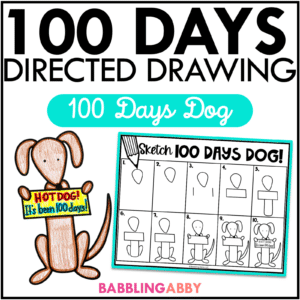
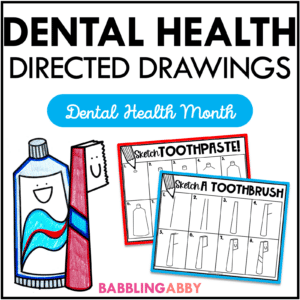
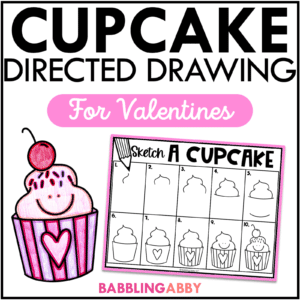

Help your students build their phonemic awareness with this simple segmenting activity. Get 25 FREE practice pages sent to your inbox today.
©2022 Babbling Abby. All Rights Reserved.